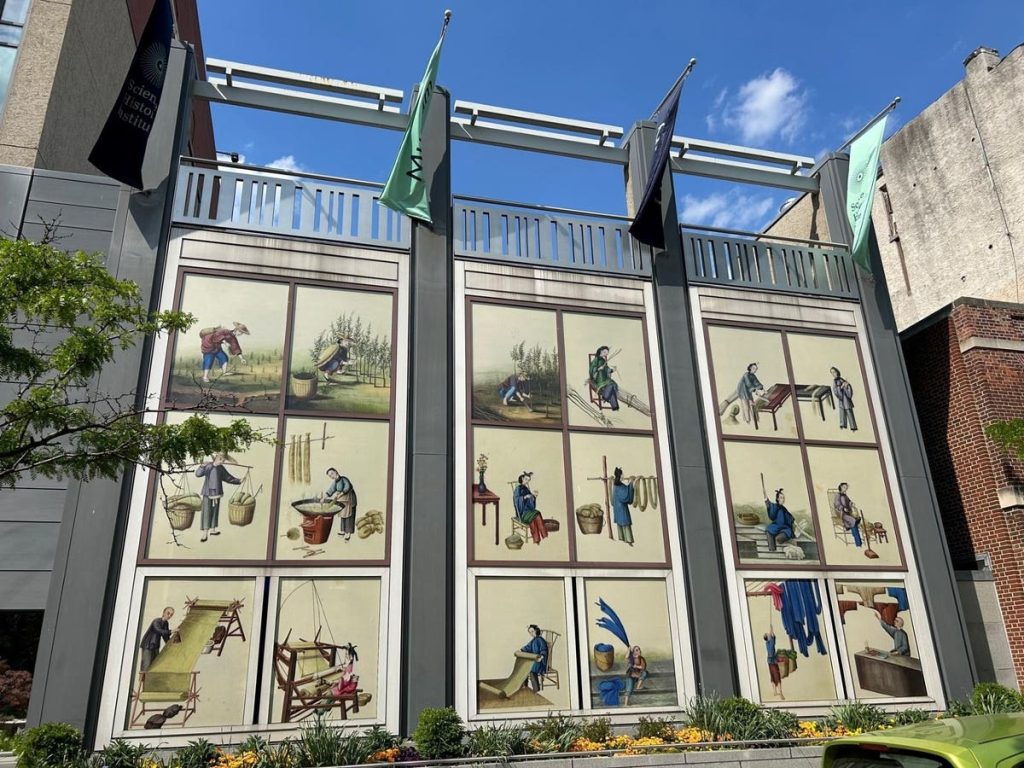China’s textile industry has become a global powerhouse, with exports accounting for 43% of the total in 2022. The country’s success in this sector is evident with 406 members on the 2024 Forbes Billionaires List being leaders in the textile and apparel industry. Shein, led by Chinese billionaire Sky Xu, is one of the world’s most popular fast-fashion websites. A new digital exhibition titled “The Story of Ramie” at the Science History Institute in Philadelphia showcases the country’s historical excellence in textile making and export.
The exhibition features 18 watercolor paintings from the 19th century that demonstrate the use of ramie, a vegetable fiber found in ancient Middle East tombs. China was a major exporter of textiles made with ramie in the 19th century, and the paintings highlight the intricate process of creating these luxurious fabrics. Curator Lisa Berry Drago notes that the artwork was designed to appeal to international buyers and showcase ramie as a high-tech, luxury fabric made by master artisans.
Created in Guangdong province between 1830 and 1860, the paintings offer a glimpse into a tumultuous time in China’s history, marked by the Opium Wars. Painter Sunqua produced art that focused on social themes, including the impact of opium addiction. The vibrant blue color of the ramie fabrics suggests they were dyed with indigo, a natural dye that has been used in Asia for over 1,000 years and is still used in products like blue jeans today.
In addition to celebrating China’s early success in the textile industry, the paintings also highlight the human element involved in textile manufacturing. Drago emphasizes the labor-intensive nature of textile production and the importance of recognizing the people behind the clothes we wear. Ramie continues to be used today as a sustainable and biodegradable fiber, offering an alternative to synthetic materials like polyester and nylon. The exhibition is part of a larger collection at the Science History Institute that explores the evolution of synthetic fibers and their impact on technology and society.
Overall, “The Story of Ramie” serves as a reminder of the rich history and innovation in China’s textile industry, while also shedding light on the labor and craftsmanship involved in creating these fabrics. The exhibition will be on display at the Science History Institute in Philadelphia until October 2024, providing visitors with a unique opportunity to learn about the cultural and technological aspects of textile production in China.


